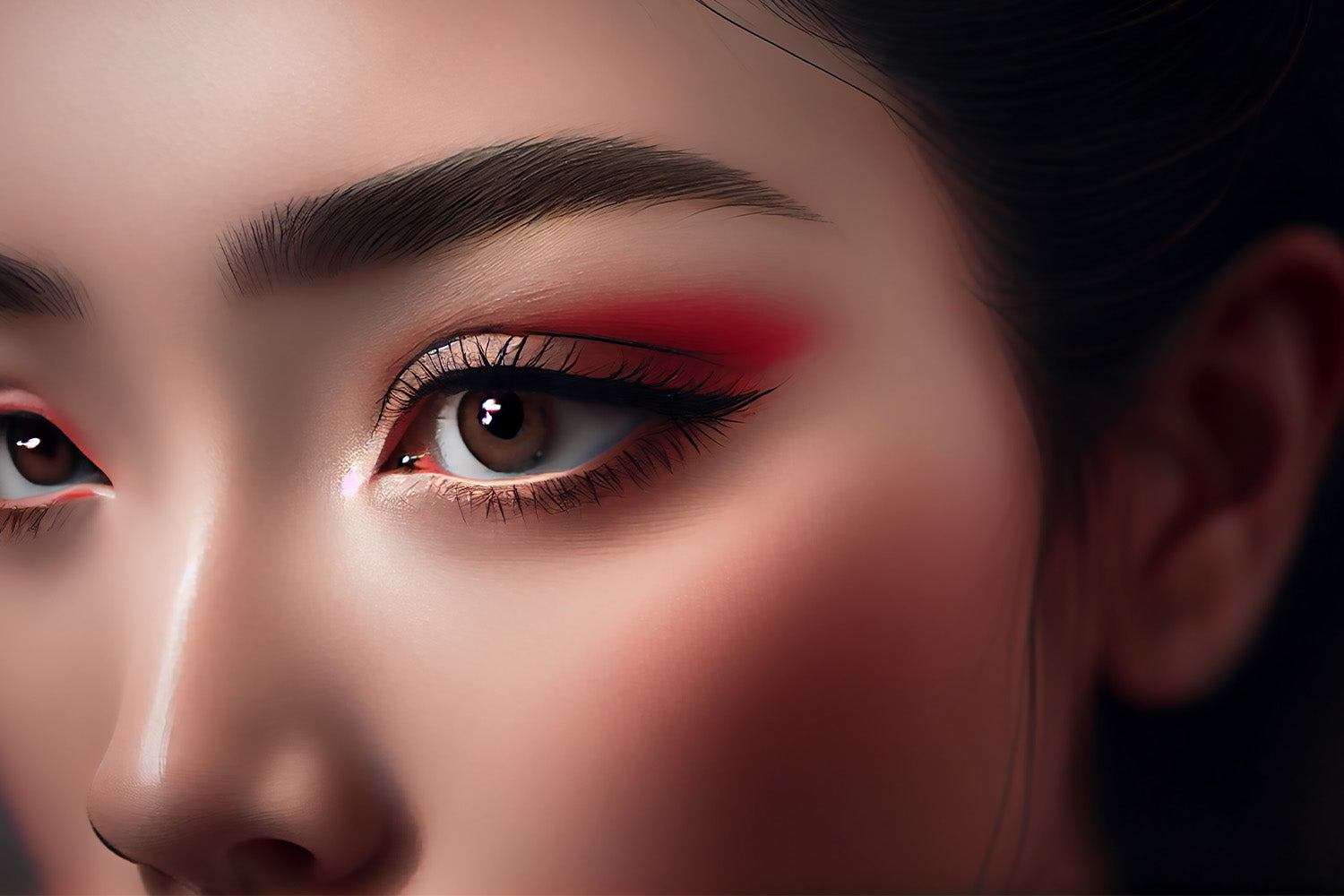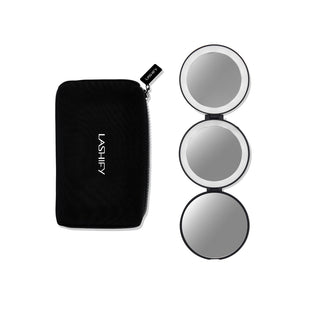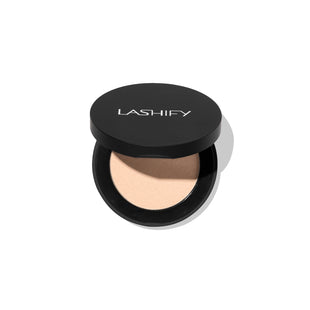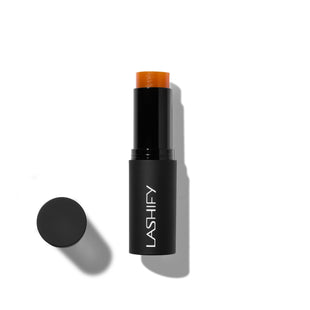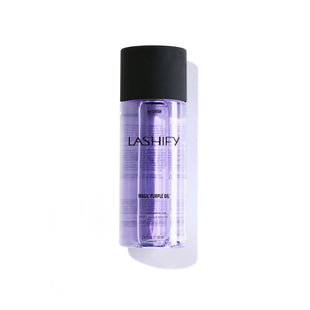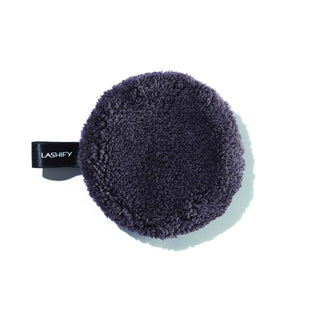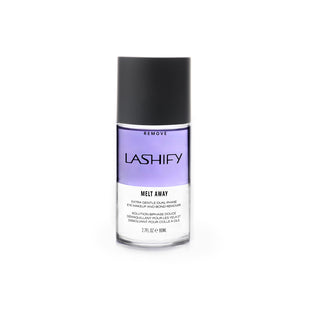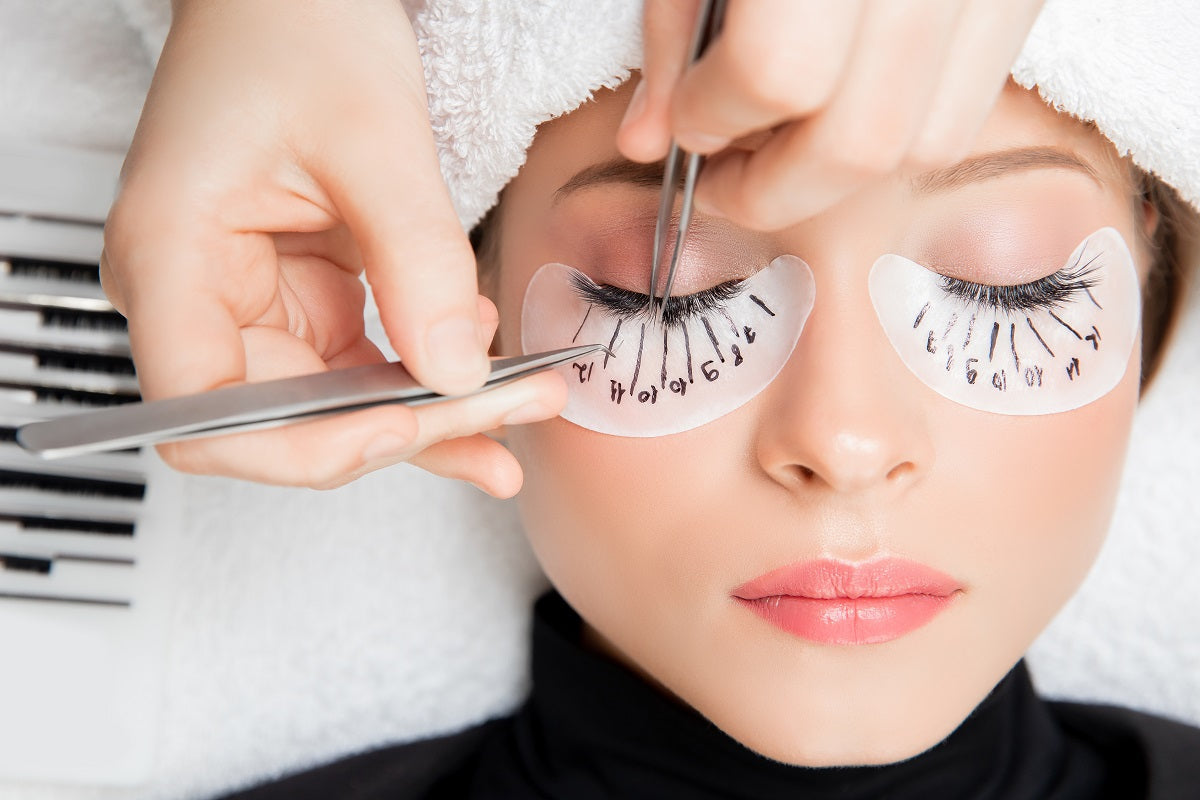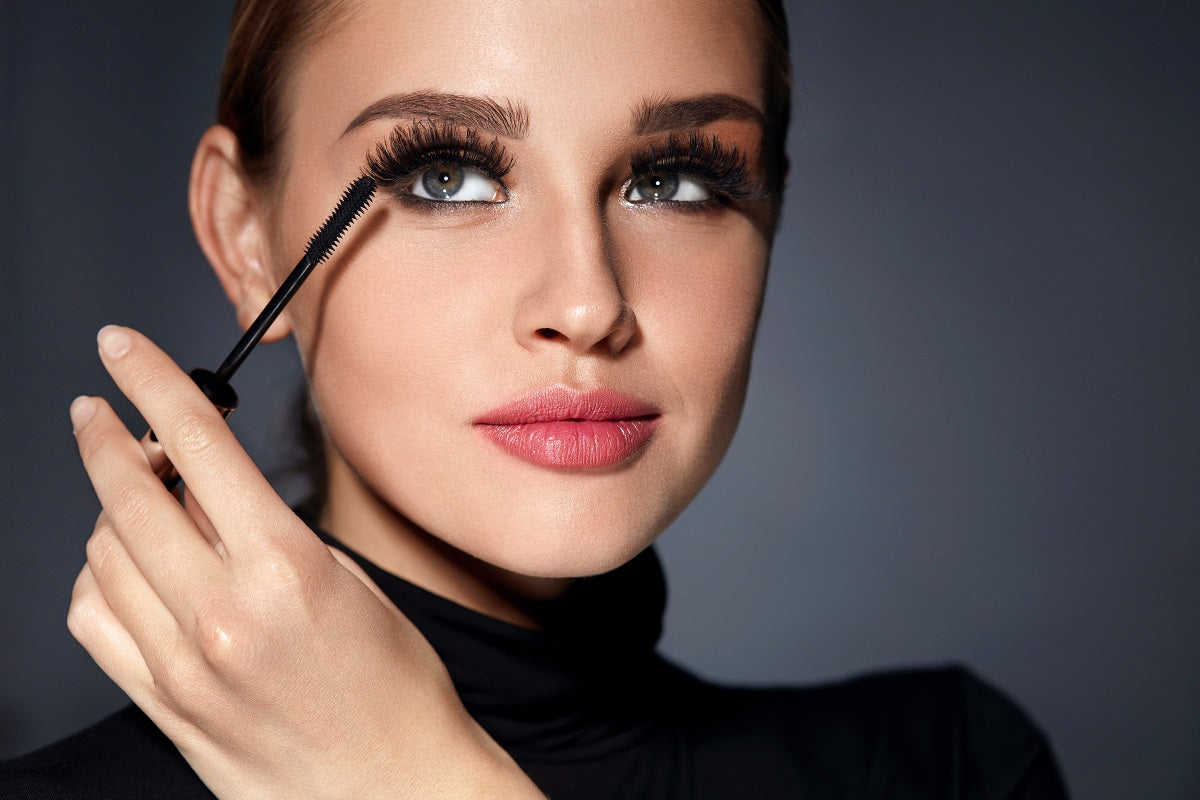Allow us to set the scene: you’re setting off on a cross-country road trip with all of your besties.
You’re all loaded up in the car, luggage spilling over the back seat, your favorite songs blasting from the radio. In your hand is a thoroughly planned itinerary of every destination you’re going to hit along the way and every tourist attraction you're going to visit while you’re there. All of it leads up to the perfect final stop, where you and your friends will celebrate the greatest festivities of all.
Sounds incredible, right? There’s only one problem. As you set off onto the highway, radio blaring, you forget to bring a map (weirdly enough, no one thinks to use their phone), and after a few hours of road trip bliss, someone wonders out loud why you haven’t arrived at your first stop. You should’ve been there ages ago.
It’s then that you all realize with dread that your trip is now hanging in limbo. No one knows the way by heart, and you’re too far out to turn back without offsetting the entire tip. It’s ruined.
Okay, that might seem like a random and slightly exaggerated example. But in the same way that things can quickly go downhill on the road without a map, GPS, or any direction, your lash application can just as quickly falter without a lash map in hand (or on eye).
In this article, we’re going to break down just what a lash map is, how to properly follow one on your own with at-home extensions, and the dos and don’ts of lash mapping for your unique eye shape. If any of that sounds like something that would benefit your lash routine, then keep reading.
What Is a Lash Map?
So what is a lash map exactly? Well, it’s exactly what it sounds like.
A lash map is a dictated guide for where and how to place your assortment of lash fiber lengths and volumes. Just like your natural lashes spring out from your lashline, fake lashes seek to emulate that in a bigger and bolder way.
If you’ve ever been a frequent user of temporary lash strips, you might have noticed how you can tell the inner and outer corners apart by how long the lashes are. The inner corner is shorter, just like with your natural lashes, and the outer corner fans out for a lengthening effect. When you trim those lash strips to the size of your eye, you always do so starting from the inner corner.
Can Everyone Use the Same Lash Map?
When you start getting your lashes done professionally (or doing them yourself like a real #girlboss), lash mapping becomes an integral part of achieving this same proportional look without the single strip. If you go to a lash salon, your lash tech will assess your unique features and eye shape to create a lash map unique to your face. This should work to flatter your eyes as much as possible with a style and length curated to you.
There are six main eye shapes that you may have: almond, rounded, hooded, monolid, upturned, and downturned. In each category, there are even more variations, such as close-set, wide-set, narrow, and deep-set, that your eyes could fall under.
Given all of these potential options for your eyes, it makes sense that one lash map doesn’t work for every individual. You don’t want to accent parts of your eye that would be better concealed or vice-versa.
Let’s take a look at how Lashify® handles lash mapping.
What Do Lashify Lash Maps Look Like?
Because Lashify is a completely at-home, on-your-own experience, we offer lash mapping in a different way. We provide tons of options intended for each unique eye shape. We identify these below our product descriptions to make it simple for everyone to find the lash sets made just for them!
Once you’ve found those perfect lashes, you’ll be happy to know the initial step is already taken care of. In each Gossamer® lash cartridge you receive, the lash map is set in order for you. And with the help of our Lash Pad, those lash maps can stay intact and in order out of the cartridge as well. Just stick the base of your lash bundles to the silicon pad and let your worries wash away.
Lash mapping deals with multiple zones across your eye. In general, those zones will go from shortest to longest in length, starting from your inner corner to the outer. Depending on the look you’re going for, you can play around with this structure a bit, but starting with this as an initial lash map is best for beginners.
Where lash mapping really gets interesting is when using our bundles. A Lashify lash bundle is an assortment of Gossamers meant to create a unique look different from a base collection. Because of the varying lengths, fibers, and styles of the lashes, the lash map is a little more complex. Try referencing the lash maps provided for you in the product info — these are designed to make the process simple instead of frustrating, especially if it’s your first time mapping the lashes.
As a good rule of thumb when you start, try emphasizing the longer lashes on the outer corners or center of your eye. Sometimes it’s good to build from the inside of your lash line to the corners instead of all the way across, so if you’re struggling to get the flow looking right, try taking a step back and approaching it differently.
What Are Some of Our Favorite Lash Map Styles?
Another thing to consider when you’re planning out the route of your lashes is which lash style you’re basing your approach on.
There are a few lash styles to choose from, so let’s take a peek at some of your options.
Doll-Eye
Doll-eye lash mapping is when you make use of longer lash lengths in the middle of your eye to give you a more open and wide-eyed appearance. This style is best suited for almond and wide-set eyes.
Cat-Eye
This lash style is achieved by placing the longest-length lashes along the outer corner of your eyes, drawing them out, and lifting them up for the same effect a cat-eye liner would give. Almond, close-set, and rounded eyes look best with this style.
Squirrel-Eye
Squirrel-eye mapping happens when you fan the lengths of your lashes in a gradient, starting shorter in the corner, growing to the longest in the middle, and then decreasing back to a shorter lash on the opposite corner. This is a versatile style that works for almond, close-set, downturned, rounded, protruding, and hooded eyes.
Kim K
Inspired by the queen Kardashian herself, Kim K lash maps mimic the popular style by placing spikes, or longer-length lashes, in spaced-out portions of the lashes to offer a wispy look. If you have almond or rounded eyes, consider trying this style out.
Hybrid
Finally, hybrid lash mapping is similar to the Kim K method but with a more natural finish. This style is ideal for almond or rounded eyes.
Each lash style is curated for a specific look and offers incredible options for all eye shapes to achieve the perfect result for their tastes. If you feel a little lost when creating an at-home lash map, these styles are a great place to start.
The Path to Success
Lash mapping is definitely a daunting task for lash newbies and professionals alike. However, with the help of the tools provided for you, along with our products, we hope you’ll feel well-equipped for the challenge ahead.
Having a plan when stepping up to the plate can give you a boost of confidence and determination that you might’ve been missing before. We believe in giving the control and power of beauty to the individual so that they can lead themselves to exactly the look and feel they’ve always wanted. Sometimes leaving that up to someone else can be more stressful than learning to do it ourselves.
So in pursuit of that end, we can’t wait to bring you all the up-to-date lash info, guides, tips, and tricks you need to help you amass your own wealth of knowledge and experience. Maybe the next time we see you, you’ll have a collection of lash maps so developed and effective that you’ll never get lost in your lashes again.
But until then, feel free to run back here anytime you need us.
Sources:
10 Reasons Why Planning Is Important | TIS
What's My Eye Shape? (Learn How to Tell Here) | Vision Center
Understanding Different Eye Shapes: Which Do You Have? | NVision
